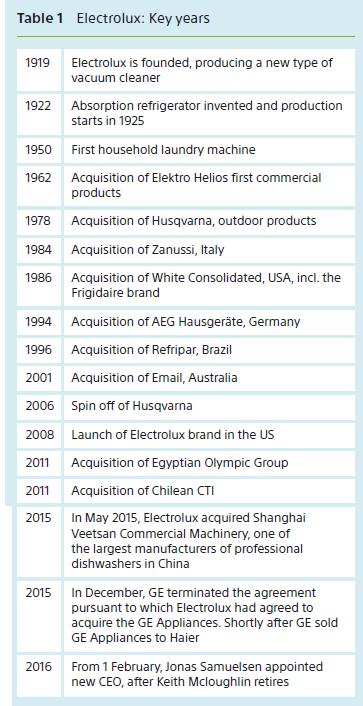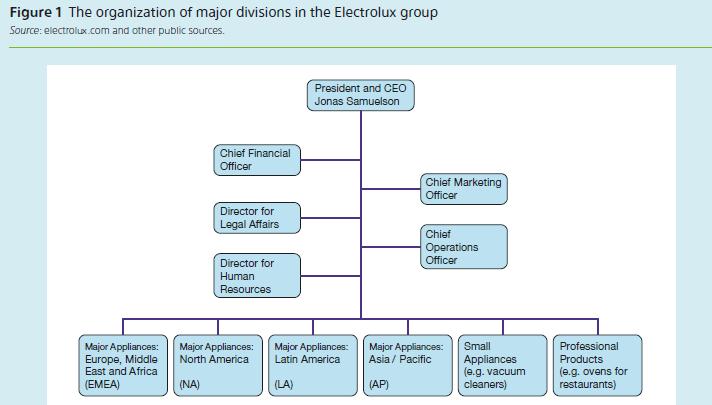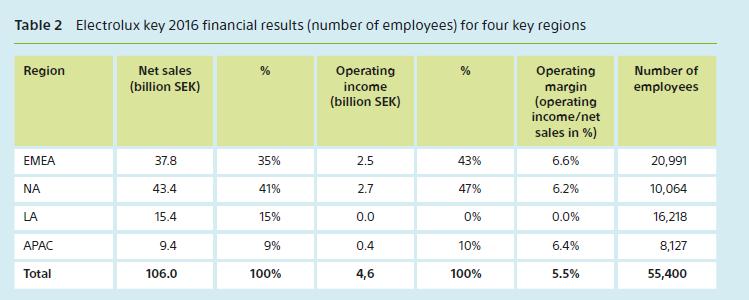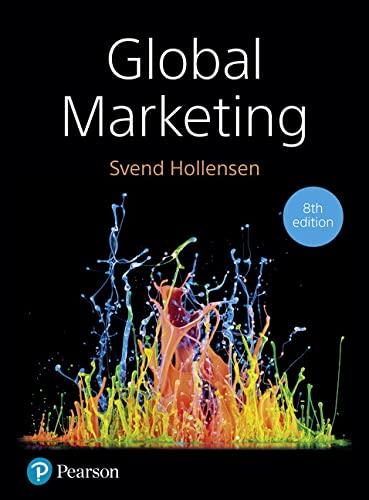Electrolux was incorporated as Elektromekaniska AB in 1901. In 1919 the founder Axel Wenner-Gren merged that company
Question:
Electrolux was incorporated as Elektromekaniska AB in 1901. In 1919 the ‘founder’ Axel Wenner-Gren merged that company with Swedish AB Lux in 1919 to form Aktiebolaget Electrolux (AB Electrolux – at that time spelled with a k instead of c). It was listed on the Stockholm stock exchange in 1930.
The idea for the modern vacuum cleaner was born in Vienna, Austria, in 1908. While out on a walk, Axel Wenner-Gren, a Swedish businessman, caught sight of an awkward-looking machine in a shop window. ‘If I could make this machine lighter and cheaper,’ thought Wenner-Gren, ‘I could sell one in every home.’ The rest is history. Wenner-Gren went on to commission the manufacturing of the Lux 1 vacuum cleaner.
In 1921, Electrolux introduced the vacuum cleaner model V, the first vacuum cleaner adapted for use in ordinary homes. The model was such a resounding success that Swedish maids protested when it was launched, in fear of being made unemployed. Now, virtually anyone could clean the home, they argued.
Wenner-Gren founded Electrolux around a doorto-
door sales organization. This close consumer contact provided insight into the consumers’ needs and desires. This formed the foundation for Electrolux’s extensive consumer insight work.
By 1929, Electrolux had showrooms in the best downtown locations in over 30 markets. You could not buy their products in these showrooms, only look at them and book a time for a home visit where the product could be demonstrated.
Electrolux marketing set out to make an impact.
Cars and motorbikes shaped like a vacuum cleaner were used to promote the products, and the best artists were hired to develop advertisements.
Electrolux history can be roughly divided into three eras:
1. Wenner-Gren era: Electrolux operates internationally, but still a small player.
2. Acquisition era: Electrolux starts to grow intensely by acquisitions. Becomes conglomerate-like with diversified portfolio of brands and product offerings.
3. Modern era: Consolidation; focus on core business:
creation of ‘One Electrolux’ – a global consumer insight-driven company.



The US is the single biggest Electrolux market accounting for approximately one-third of the total net sales (35 per cent), followed by Brazil (8 per cent) and Germany (5 per cent).
Electrolux has sales subsidiaries in 28 countries across all the four regions. It operates 53 manufacturing facilities in 18 countries, including several in each of the four regions. The group’s manufacturing operations consist mainly of the assembly of components made by suppliers. The need for cost-efficient manufacturing has become increasingly important due to globalization and the emergence of manufacturers from low-cost areas. Approximately 60 per cent of the Electrolux household appliances are today manufactured in low-cost areas that are near rapidly-growing markets for household appliances.
Questions
You are hired by Jonas Samuelson (CEO of Electrolux)
as a specialist in International Marketing, to answer the following questions:
1. Discuss and evaluate Electrolux’s key competitive advantages in the world market for ‘major appliances’.
2. Explain and discuss customer behaviour in the major appliances market (B2B, B2C).
3. How would you recommend that Electrolux should position itself on the ‘glocalization’ framework scale, from ‘100 per cent globalization’ to ‘100 per cent localization’ (Figure 1.7), compared to its major competitors (Bosch-Siemens, Samsung, Whirlpool, and Haier)?

Step by Step Answer:






